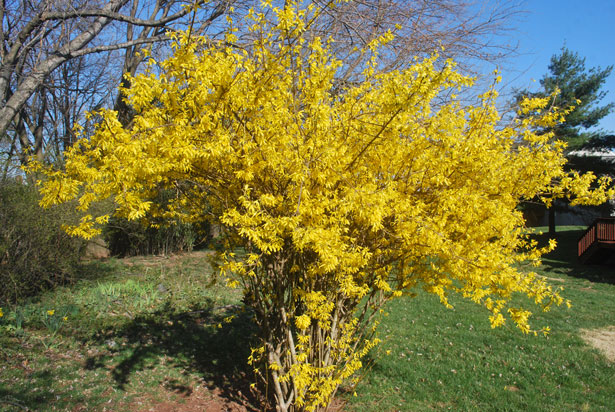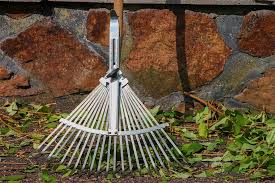April (and March) Showers Bring May Flowers


While it may still be in the high 40’s – low 50’s, spring is already on its way! Now is the time to start looking at seeding and planting, as well as controlling unwanted growth.
Weeds are a constant nuisance in everyone’s yard, but spring is the best time to treat it. Use a pre-emergent weed control, which will help prevent the seeds from starting to grow. The best time to apply this would be when the forsythia blooms. This plant, as pictured, is often one of the first plants to flower in the spring, signaling a time to start planting early season flowers and vegetables. If you use a weed control, know that this will only work for about 3 months, so you will have to re-apply in the summer.
If you do not use any herbicide or weed control, spring is also a good time to put seed down for your yard. There are several varieties that fall into cool season and warm season grasses. You can fill in bare spots or establish a new lawn.

 As spring quickly approaches, you will want to get your yard ready for the warm seasons ahead. You can start with some gentle clean up. If you have any snow that is still piled on your yard, try to move it around. This not only will get it to melt faster, but will get the snow off your grass and help prevent mold from growing. You can also start to gently rake your leaves and remove branches that may have broken during the winter, but do not rake too hard, as the ground is soft at this point and you could damage new grass shoots and roots.
As spring quickly approaches, you will want to get your yard ready for the warm seasons ahead. You can start with some gentle clean up. If you have any snow that is still piled on your yard, try to move it around. This not only will get it to melt faster, but will get the snow off your grass and help prevent mold from growing. You can also start to gently rake your leaves and remove branches that may have broken during the winter, but do not rake too hard, as the ground is soft at this point and you could damage new grass shoots and roots.
Black Spot Fungus